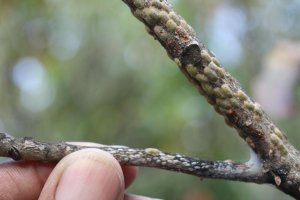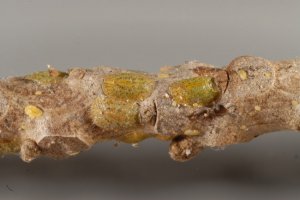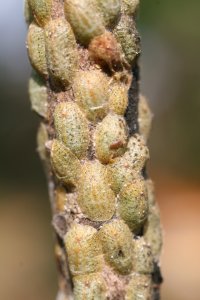RonDEZone7a
Active Member
- 93
- 02/07/09
- 4
- 28
Is there a botanical garden in Florida with a decent croton collection? I went to Fairchild Tropical Gardens (Miami) this past March and I was disappointed that there were relatively few crotons. It seems to me, with all these cultivars, it would be nice if there was a decent publically-accessable, labeled, croton collection somewhere, other than people's private gardens, so that we'd know where to find everything.
It would be a nice project for the Croton Society to either establish such a garden or at least make an inventory of what collections have what varieties, with the society having the right to occasionally take and distribute cuttings to members. Otherwise, alot of varieties may disappear over time, as croton collectors come and go and private properties get re-landscaped when they change hands.
It would be a nice project for the Croton Society to either establish such a garden or at least make an inventory of what collections have what varieties, with the society having the right to occasionally take and distribute cuttings to members. Otherwise, alot of varieties may disappear over time, as croton collectors come and go and private properties get re-landscaped when they change hands.




